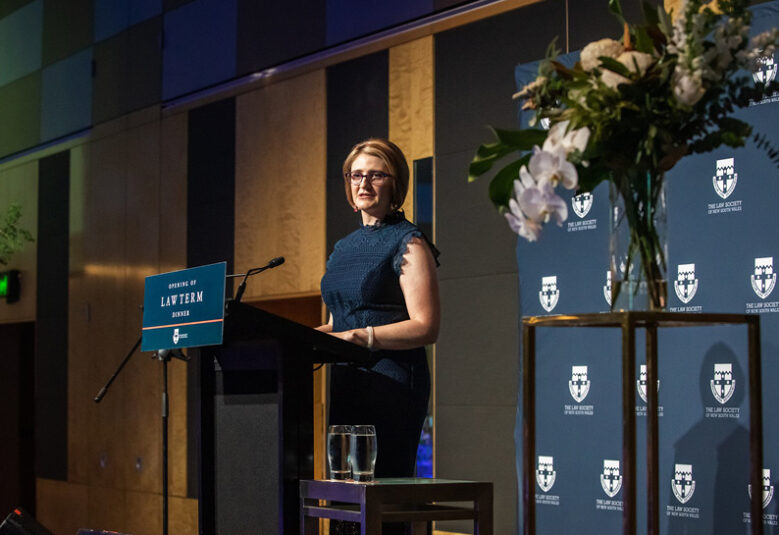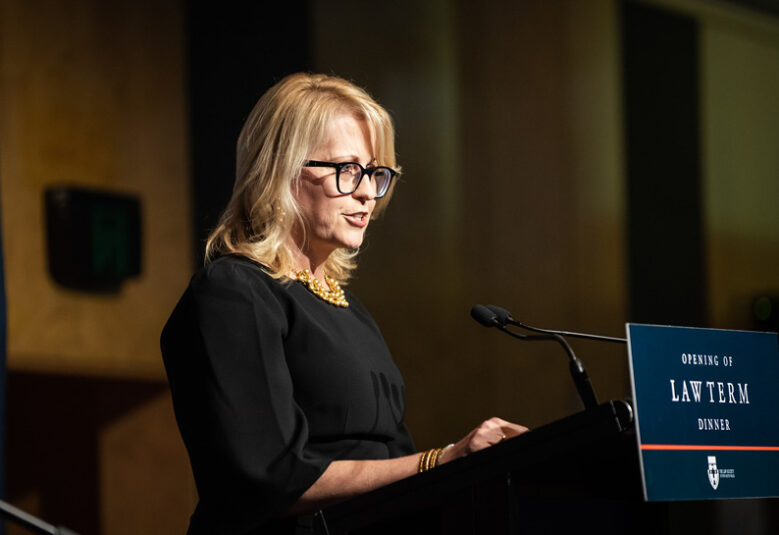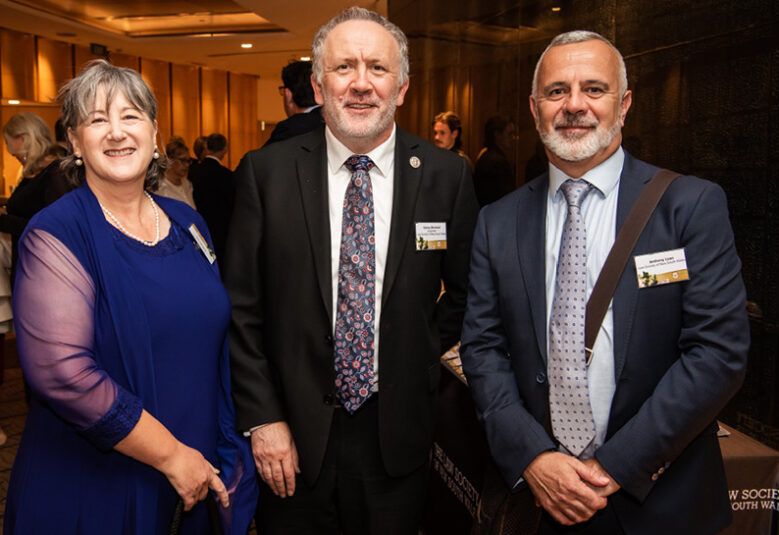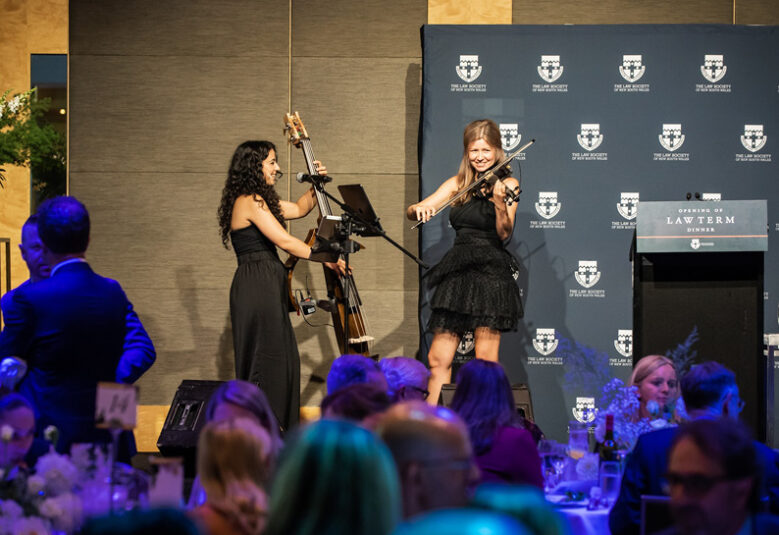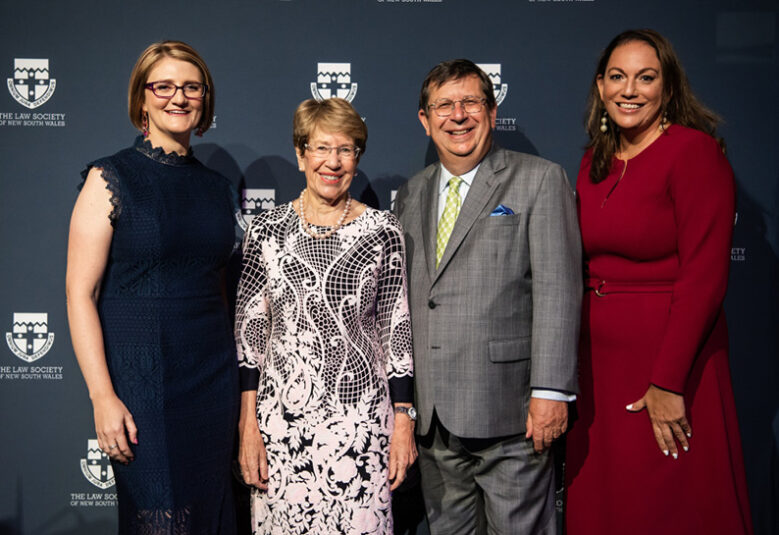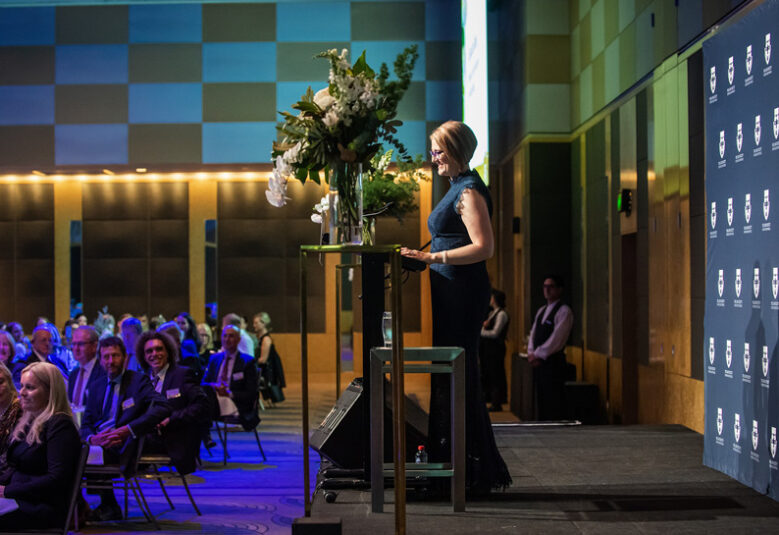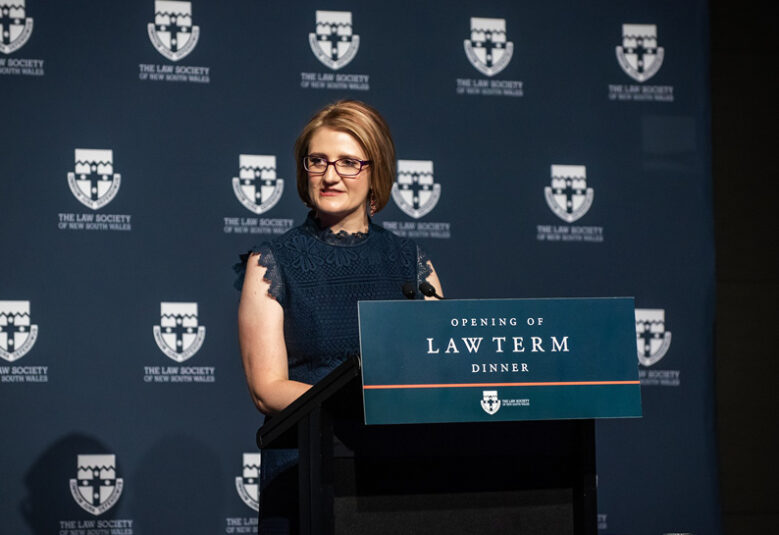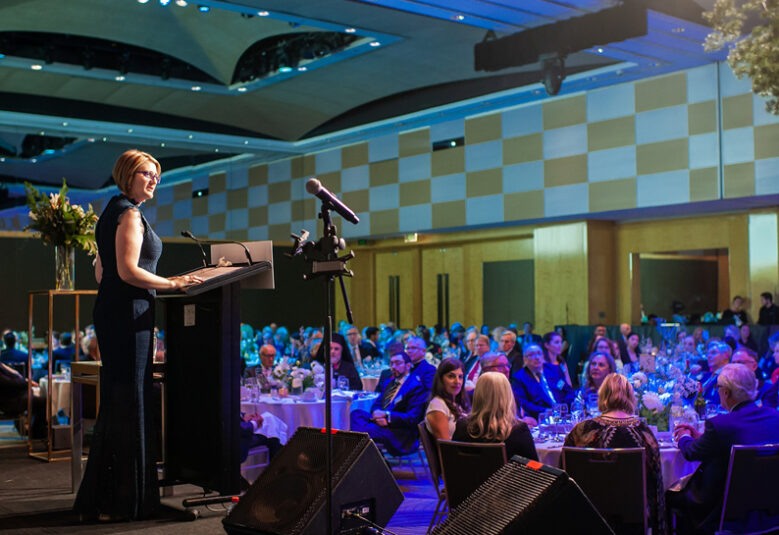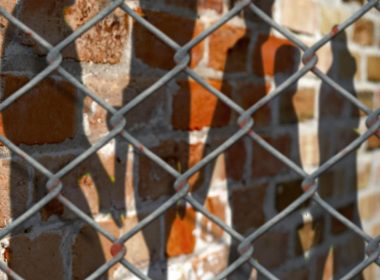Diverse representation amongst solicitors, advocates and judges assists in ensuring that all people who become involved in our justice system can (and feel that they can) be properly heard and fairly engaged with by a system reflective of our broader community.
Diversity of gender and background is rising across all levels of the NSW court system, but the sheer volume of work is not being matched by an increase in judicial officers and resources, the state’s top judge says.
In a speech to the Law Society of NSW’s Opening of Law Term Dinner at the Fullerton Hotel in Sydney on 1 February, Supreme Court of NSW Chief Justice Andrew Bell gave an overview of both the “significant” changes to the make-up of the judiciary in 2022, and the subsequent pressures placed on judicial officers.
He told the gathering of more than 300 people that the Supreme Court now has an equal number of male and female judges, marking a pattern in appointments for the past nine years. This, he says, has also been reflected in appointments to other courts, with the Local and Land and Environment Courts now at gender parity. In the District Court, 10 of the last 17 appointments have been female.
“Diversity will permeate the profession and ultimately the judiciary, as it has already begun to do,” Justice Bell said.
“As I say in my admissions speech to new practitioners, diverse representation amongst solicitors, advocates and judges assists in ensuring that all people who become involved in our justice system can (and feel that they can) be properly heard and fairly engaged with by a system reflective of our broader community.”
Justice Bell’s resounding address concentrated heavily on how the “sheer volume” of work coming through courts is causing a strain on the physical and mental health and wellbeing of judges and magistrates.
“The increasing volume of judicial work and caseload without corresponding increases in the number of judicial officers and resources is an increasingly significant matter, both institutionally and in individual cases where we have tragically seen a number of judicial officers taking their own lives in recent years, as well as many others struggling to cope with the pressure of work.”
In the Supreme Court, civil claims for compensation arising from institutional abuse have “exploded”, Justice Bell said, with over 1600 cases of this kind filed since a detailed monitoring system commenced in 2016. The volume of these cases increased by 60 per cent in 2022, compared to 2021.
The dinner heard the Court of Appeal and Court of Criminal Appeal together delivered 650 judgments a year over the past three years. The Court of Criminal Appeal regularly hears up to four appeals a day.
“This volume and rate of work far exceeds that of other appellate courts in the country which in the main have a higher proportion of Supreme Court judges as a percentage of their population than is the case in NSW,” Justice Bell said.
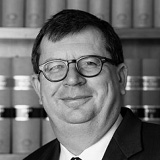 Andrew Bell, NSW Supreme Court Chief Justice
Andrew Bell, NSW Supreme Court Chief Justice
Moreover, the percentage of sexual assault trials compared to all trials in the District Court in 2022 increased by 50 per cent, “up from 32 per cent in 2016”.
“The complexity of sexual assault trials has also resulted in an increase in the average trial duration in Sydney from 11.79 days in 2016 to 14.42 days in Sydney in 2022. The work of the District Court will no doubt be increased with the introduction of the important coercive control reforms by the State legislature in November 2022.”
And in the Local Court in 2021, more than 358,000 criminal matters were commenced and over 350,000 criminal matters finalised, representing a 27.75 per cent increase in the caseload since 2011.
Justice Bell said these statistics are “invaluable” in highlighting the “remarkable” work of the state’s judges, magistrates, and administrative tribunal members whose work is “unlikely to be fully appreciated”.
Bell outlined the work of the judiciary, which extends well beyond the hearing of cases, with many engaged in the continuing education of the profession, including sitting on cross-court committees designed to improve the delivery and quality of justice.
“In an age of seemingly poor civic awareness coupled with the disturbing and sinister spread of disinformation, a bright light should regularly be shone upon the work of the judiciary and its societal importance so that it is understood and appreciated.”
2023 President of the Law Society of NSW Cassandra Banks also gave an address outlining her priorities for the year, including advocating for a more effective care and protection system.
“NSW currently has almost 16,000 children in out-of-home care and more than 100,00 children assessed at risk of significant harm every year. There are close to 500,000 reports made in relation to concerns about children’s welfare each year,” Banks said.
“Of the 186 lawyers in my region, only nine, including me, practise regularly in the children’s care and protection system.
“These can be complicated matters, so the Law Society is committed to providing opportunities for practitioners of all experience levels to learn more about children’s law.”
As a country lawyer from Coffs Harbour, Banks is committed to promoting opportunities in rural, regional and remote legal practice.
With the NSW state election looming, Banks encouraged political leaders to read and respond to the Law Society’s 2023 State Election Platform. “As we head into a State election year, I very much appreciate the opportunity to have again placed on the public record the need for increased and ongoing resources for our courts, including more judicial officers and modern digital infrastructure, to tackle the enormous volume of cases, particularly in the Local Court of NSW and the NSW Civil and Administrative Tribunal.”


